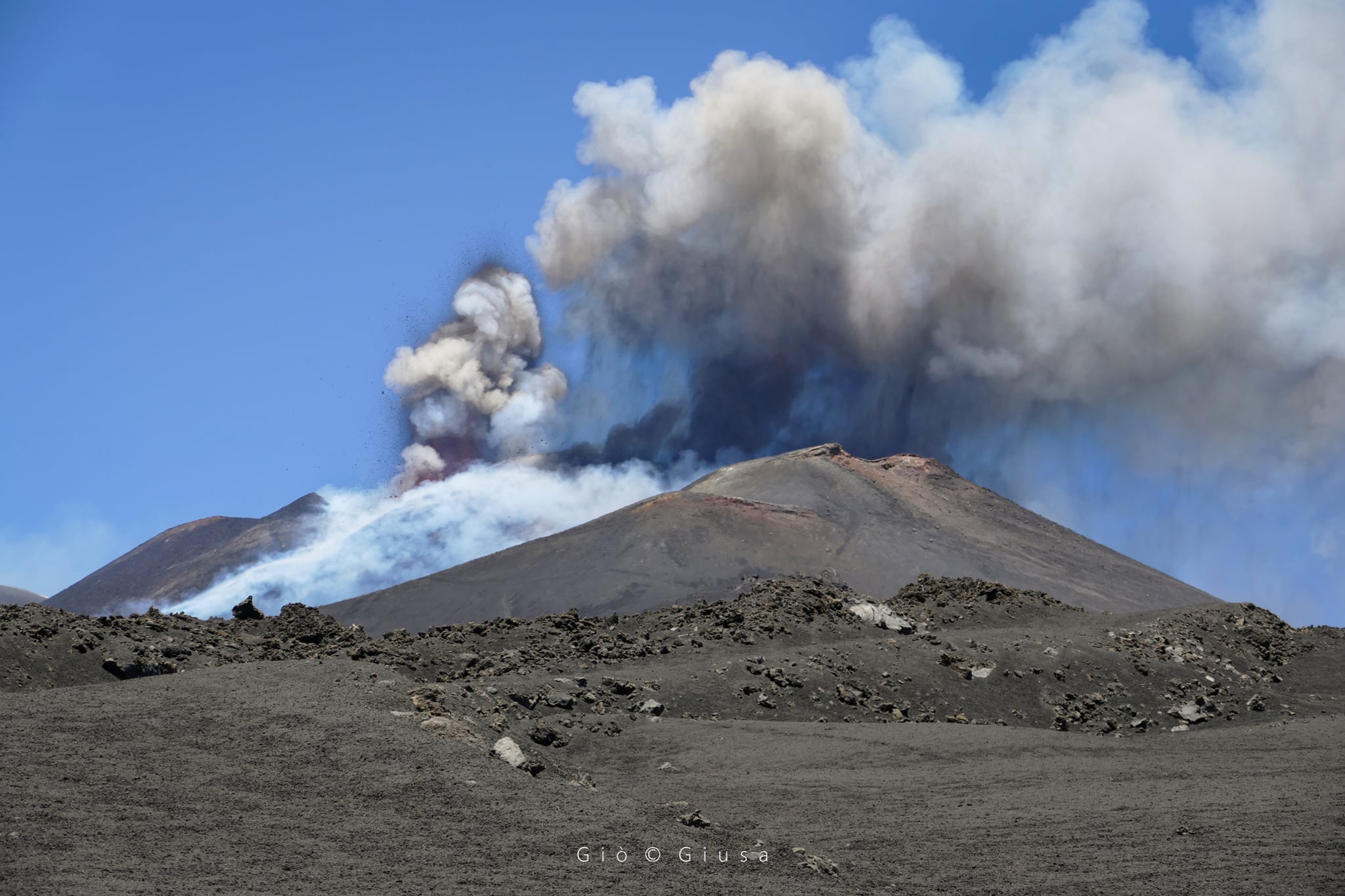June 02, 2021. EN. Italy / Sicily : Etna , United States : Yellowstone , Saint Vincent : Soufrière Saint Vincent , Italy : Stromboli , Indonesia : Semeru .
June 02 , 2021. Italy / Sicily , Etna : Weekly bulletin from May 24, 2021 to May 30, 2021, (issue date June 01, 2021) SUMMARY OF THE…

